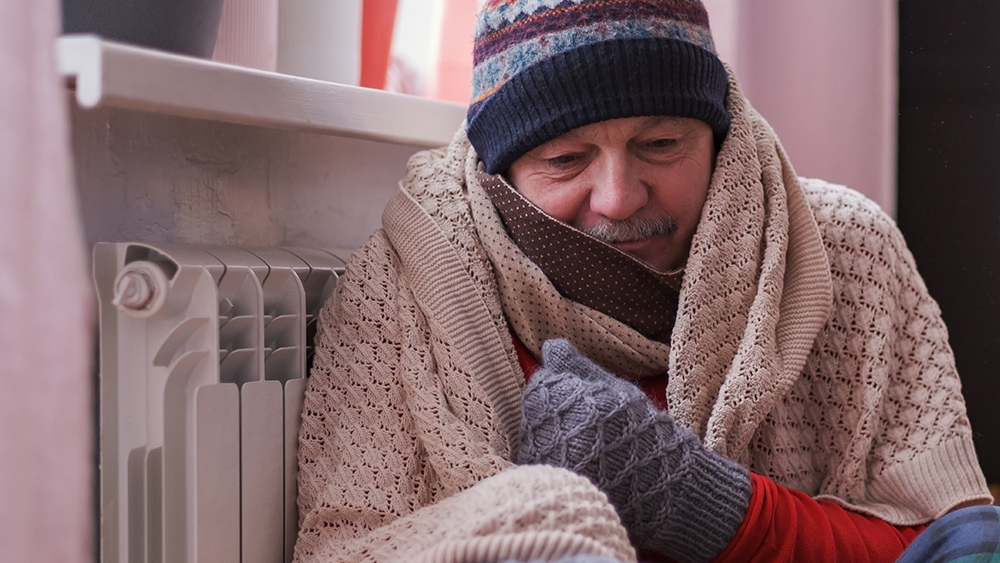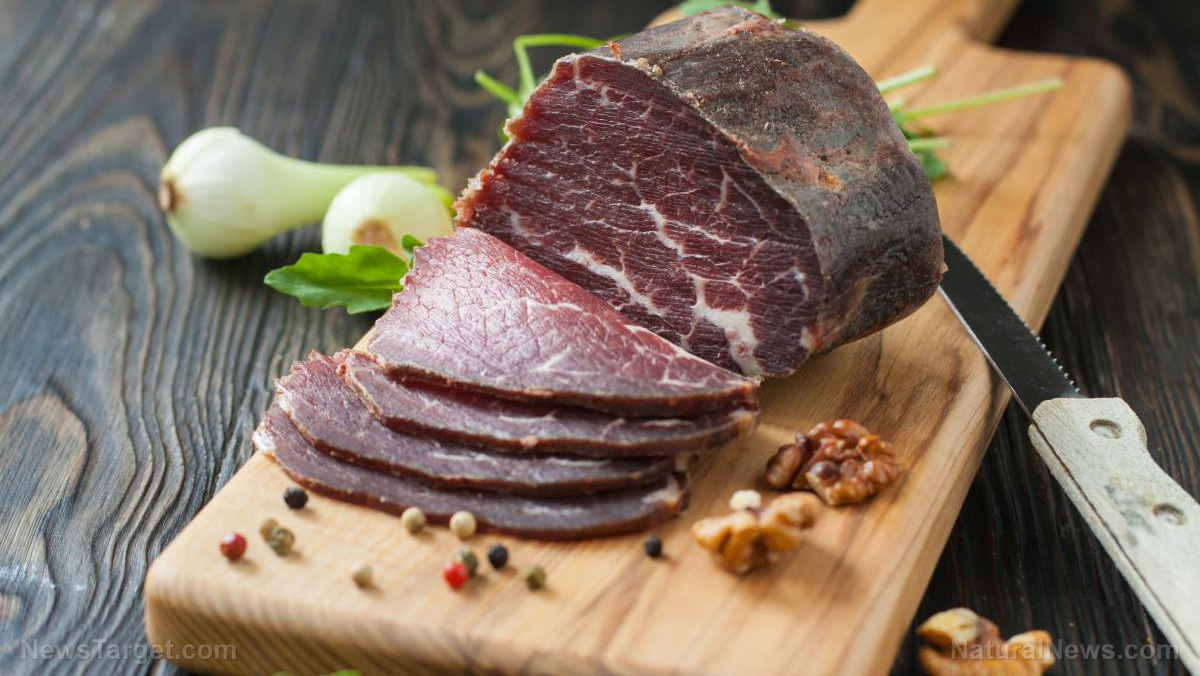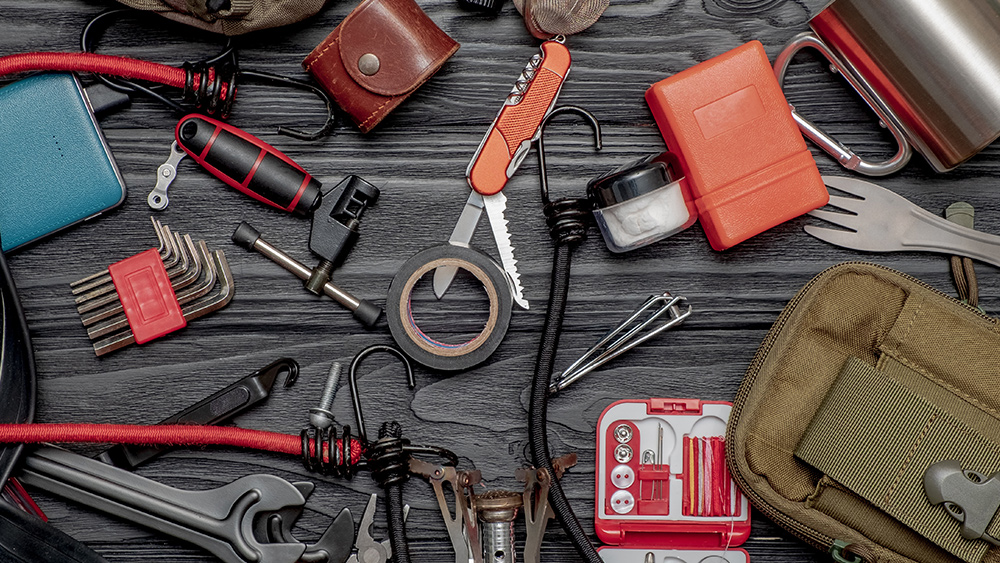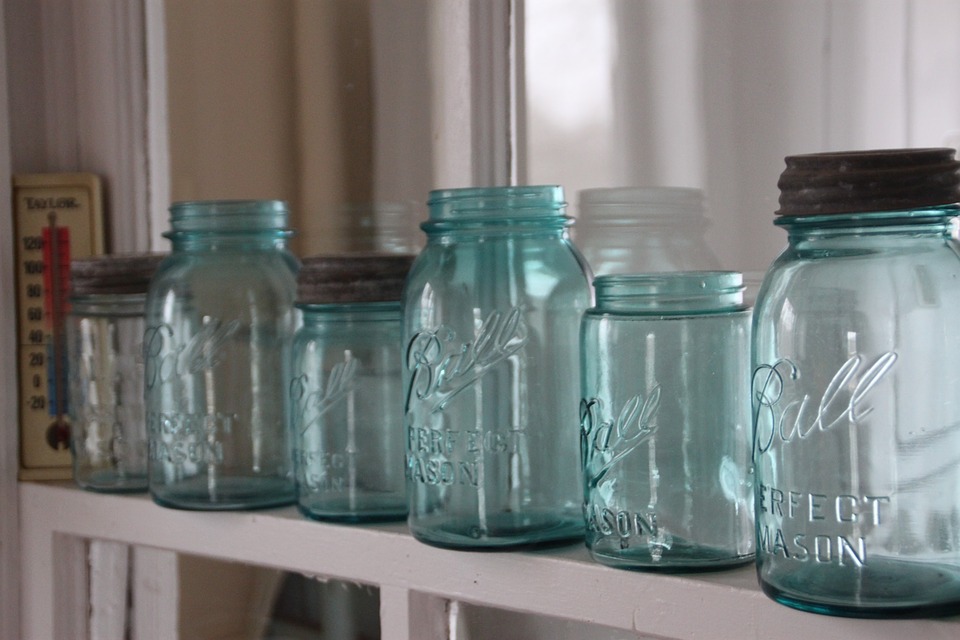Must-have items to keep your family warm and protected this winter
02/02/2023 / By Olivia Cook

Here is a list of must-have items to keep your family warm and protected during winter:
Winter clothes
Your base layer includes a lightweight undershirt, underwear and balaclava, preferably made of 100 percent polyester to quickly move moisture and keep skin dry. (Related: A basic list of winter survival items you should carry in your car.)
A midweight base layer is preferably made of 93 percent polyester and seven percent spandex, used in place of your level one during above-freezing temperatures or used in combination with level one in freezing climates for added insulation. Built with spandex in a waffle top fabric pattern, these garments offer enhanced flexibility over level one garments aside from wicking moisture.
A breathable, quick-drying fleece jacket can be used as a primary outer layer in cool weather and above-freezing temperatures – an excellent insulator that creates air pockets to retain body heat.
If you get caught in the rain, wools, like merino jackets, provide better insulation, at least initially, because they contain lanolin, a natural water repellant. However, wool takes a long time to dry once it is soaking wet.
While not technically a jacket, the winter vest is a piece you’ll want for your family’s winter wardrobe because they give your arms more freedom of movement and keep your core warm. When temperatures are much colder, vests serve as a great mid-layer between a long-sleeved base layer and your outer jacket.
The winter parka jacket falls to the hip, offering ample coverage for your midsection and bottom, and is designed for temperatures as low as -23 degrees Fahrenheit. They provide warmth and protection from rain, snow, sleet or hail because they are designed to be wind-resistant, water-resistant and sustainably made from organic cotton. They’re also designed with ventilation in mind – meaning you’ll still be able to breathe and stay cool and fresh even on the coldest days.
Protective footwear
Look for socks made of wool, which has natural thermoregulation to keep your feet warm and dry; or acrylic, which helps you trap heat to keep your feet warm if you’re allergic to wool.
To select the proper winter footwear, consider the following:
- Tread. Rubber soles are best for avoiding slipping on icy surfaces. Proper non-slip shoes typically have durable, anti-skid soles, and patterned or grooved tread for added friction on snow, ice and wet surfaces.
- Lining. Check on the lining material when buying boots – fabrics that increase insulation to keep feet warm and dry.
- Size and fit. Your shoes need enough room to allow for thick socks and be tall enough to protect your ankles from the cold.
- Ice cleats. Although seldom needed, pull-on ice cleats or ice grips are easy to use, lightweight and greatly enhance traction in the snow.
Gloves, mittens and hand warmers
The winter cold can sometimes be unforgiving and gloves or mittens alone cannot possibly offer us enough warmth. Additionally, overly thick winter gloves can compromise dexterity and prevent us from performing work outdoors in winter.
Hand warmers are disposable products for one-time use, which can last from five to eight hours before you can discard the piece. Put on a pair of well-fitted liners, especially for people with sensitive skin. Just hold the hand warmer lightly after putting on cold-weather gloves.
Winter blankets
Consider blankets with thick, insulating materials that help keep you warm without making you overheat, such as fleece, flannel, down, down alternatives, cashmere, linen or quilted cotton options. Weighted blankets are also a phenomenal choice in the winter.
Protective eyewear
Wearing a good pair of sunglasses in the winter can protect your eyes from ultraviolet (UV) radiation from the sun that can increase your chances of eye problems, such as age-related macular degeneration, cataracts, corneal sunburn (photokeratitis), pterygium or skin cancer around the eyelids.
Sunglasses also reduce the evaporation of your eyes’ tears and natural moisture. On windy days, they can keep out wind, dust, debris and other particles that can land in your eyes and even cause corneal abrasions.
You can get sunglasses with mirrored and polarized lenses because they can filter out light coming into the eye at certain angles, effectively blocking out snow reflections and reducing glare. You can also choose prescription sunglasses for both.
Hats and neck warmers
Protect the head and ears with beanies, also known as tuques, bobcaps, knit hats or knit caps that are made of wool, cotton or synthetic fibers that allow each cap to stretch over the wearer’s head. A second option is the ushanka, also known as the trooper or Trapper’s hat.

Vitamins and minerals
You will also want to make sure everyone in your household is getting enough vitamin C, iron, selenium and zinc from your foods to build up your immune system for winter. Also, make sure that you and your family are getting enough sleep, keeping hydrated and engaging in regular physical activity.
For more preparedness and survival tips, visit Survival.news.
Watch this video to learn about the winter survival sleep system.
This video is from the Cahlen channel on Brighteon.com.
More related stories:
Heat, shelter and survival: 22 winter safety tips for preppers.
Winter survival: Ways to stay warm when the power goes out.
Your home might be ready for winter, but can your body truly say the same?
Sources include:
Submit a correction >>
Tagged Under:
bug out, Gear, homesteading, off grid, preparedness, prepper, prepping, protective gear, survival, survival gear, tips, winter, winter essentials
This article may contain statements that reflect the opinion of the author
Get independent news alerts on natural cures, food lab tests, cannabis medicine, science, robotics, drones, privacy and more from NewsTarget.com
Get independent news alerts on natural cures, food lab tests, cannabis medicine, science, robotics, drones, privacy and more from NewsTarget.com
RECENT NEWS & ARTICLES
COPYRIGHT © 2017 · SURVIVAL NEWS





















